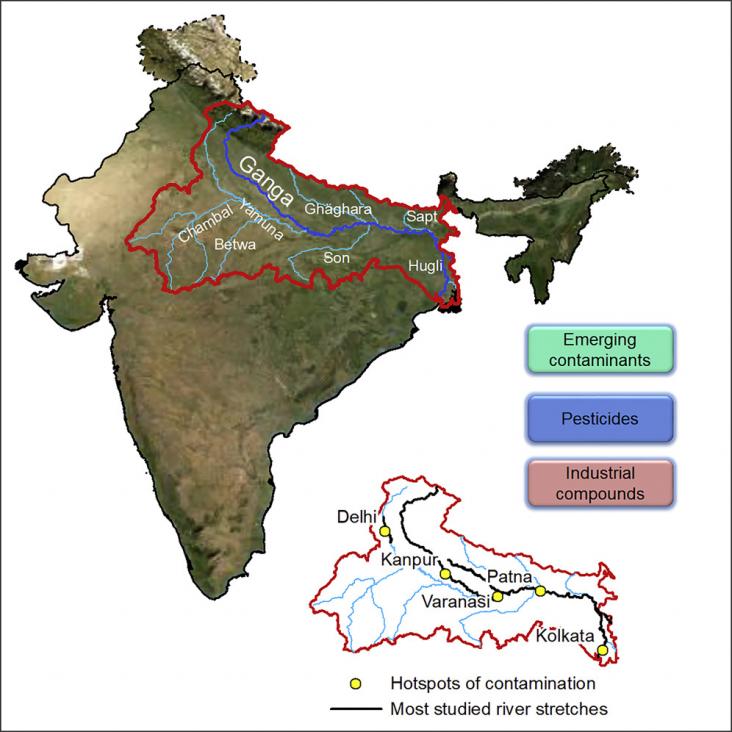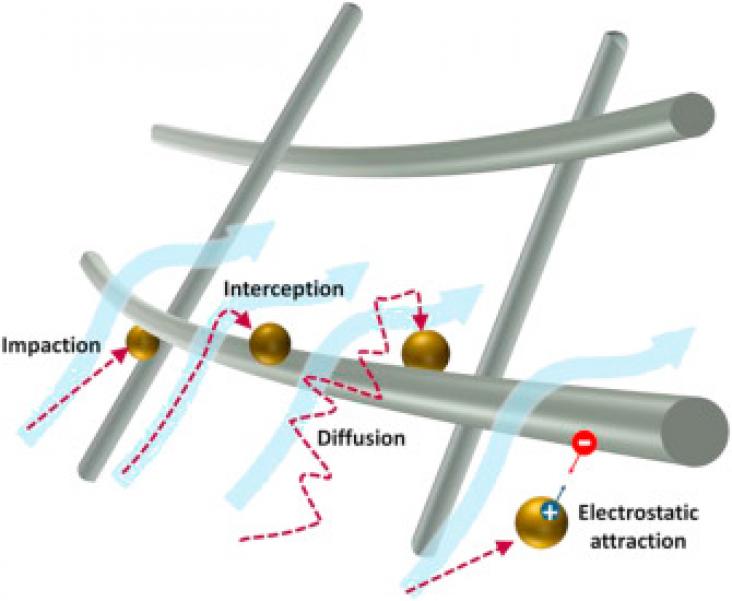
The Ganga basin includes some of the most densely populated areas in the world, in a region characterized by extremely high demographic and economic growth rates.
Anthropogenic activity is a major driver of seabird injury and mortality in the 21st century.

A hydro-economic assessment of the headwaters of the Nile River revealed the upstream-downstream linkages and interconnections among socio-economic development, climate change, and the environment.
This Viewpoint supports SDGs 3, 6, and 7 by discussing some of the reasons why many of the innovations and technologies for WASH (water, sanitation, and hygiene) and household air pollution developed in recent decades have not led to the expected improvements in health outcomes, and why many of these interventions have either been inconsistently adopted by low-income households, or not adopted at all.

Intensifying air pollution has engendered growing public health concerns due to its broad and adverse effects on humanity.

Water and wastewater utilities, water and sanitation hygiene (WASH) practitioners, and regulating bodies, particularly in developing nations, rely heavily on indicator microorganisms, as opposed to pa
A framework for understanding water's many functions for supporting, regulating, and stabilizing hydro-climatic, hydro-ecological, and hydro-social systems.

This article examines how improved water security affects the success of other SDGs, when all the goals are examined simultaneously.
In this study, the authors investigate the effect of phosphate functionalisation on the removal of uranyl ions from mine-drainage contaminated water.
This study analyzes the effects of a local water market formation on the efficiency of groundwater use productivity. These results demonstrate the role of a market-based groundwater allocation approach under water scarcity conditions.
